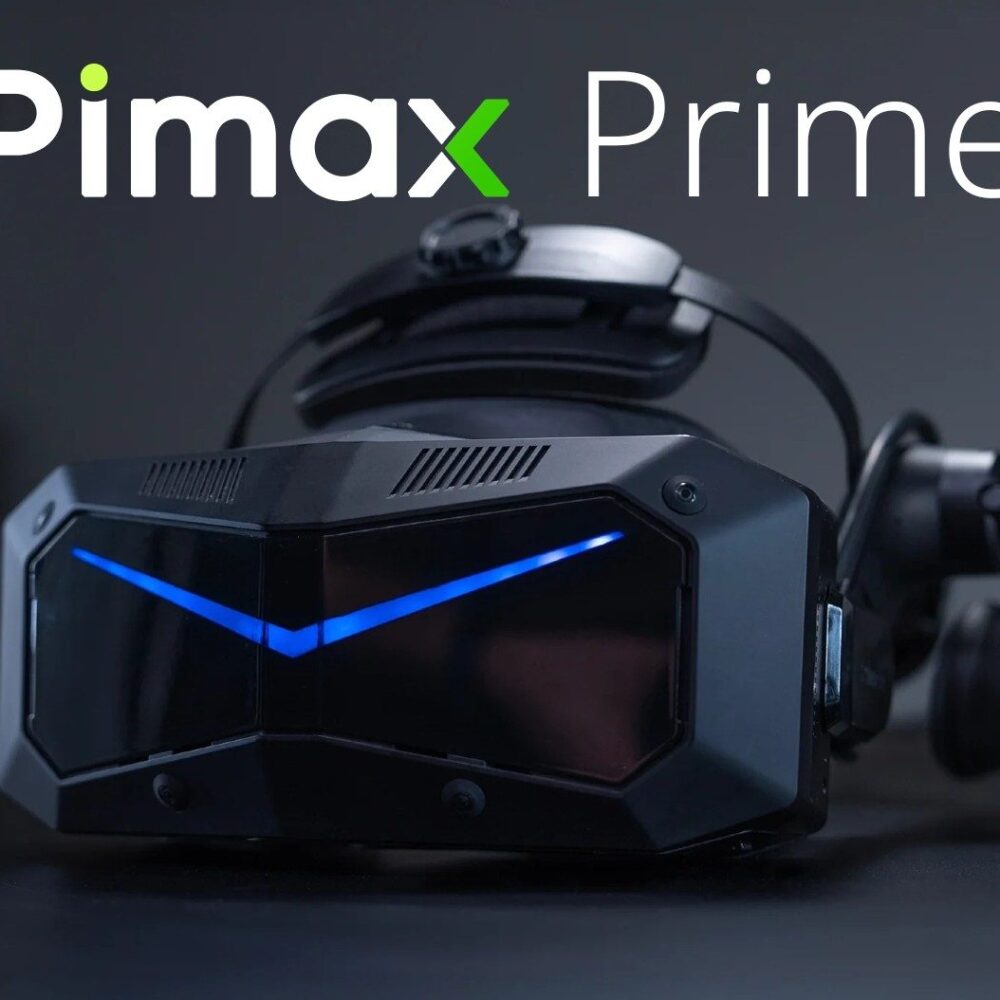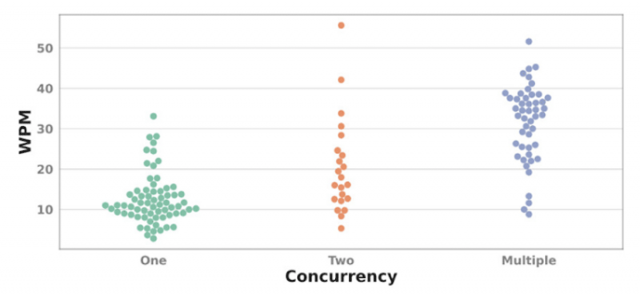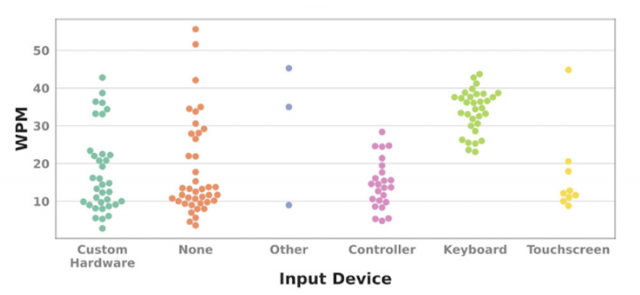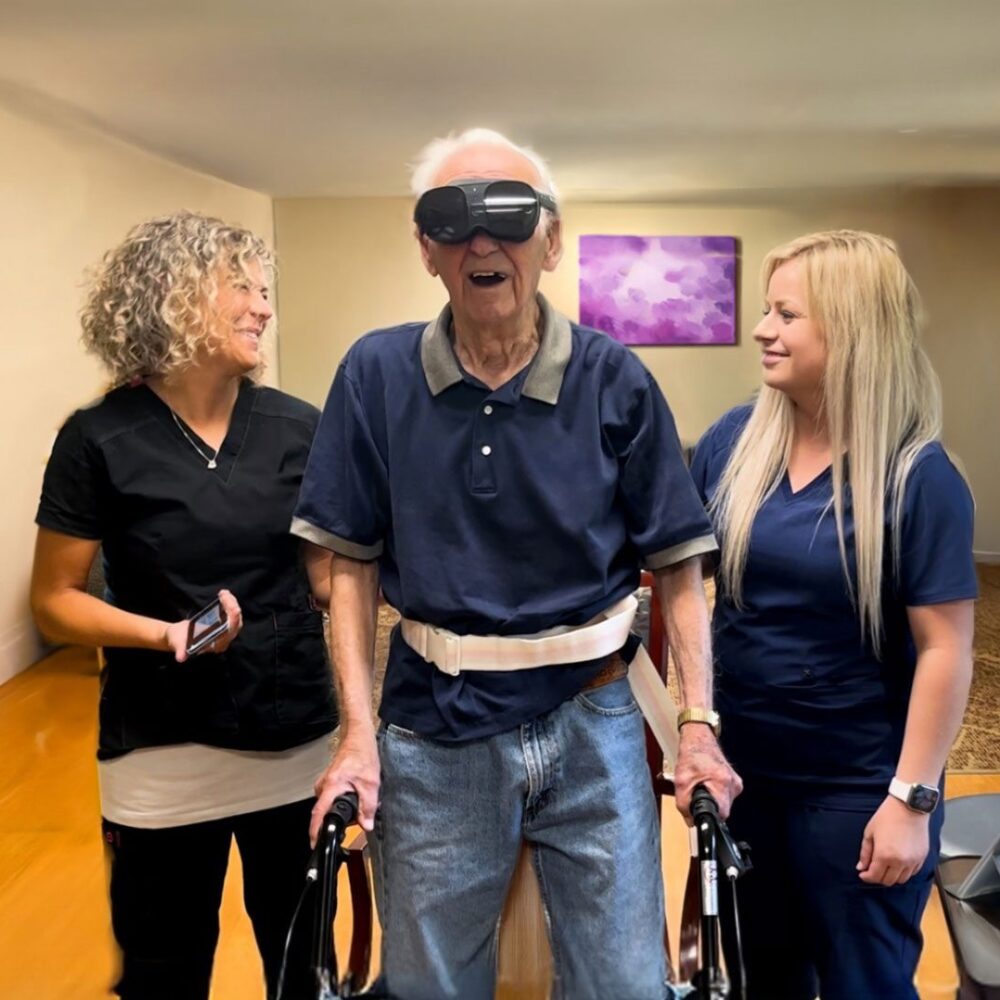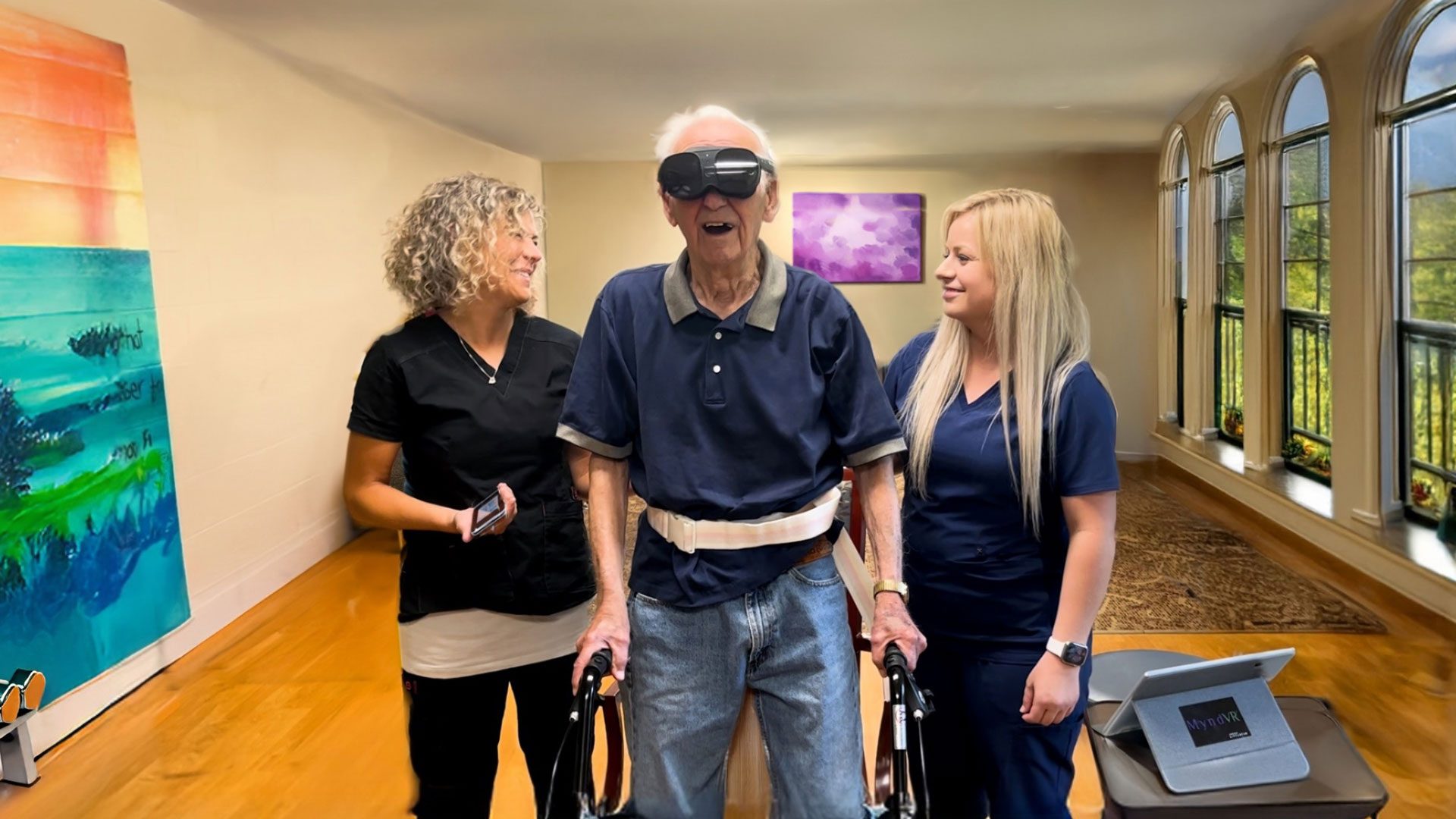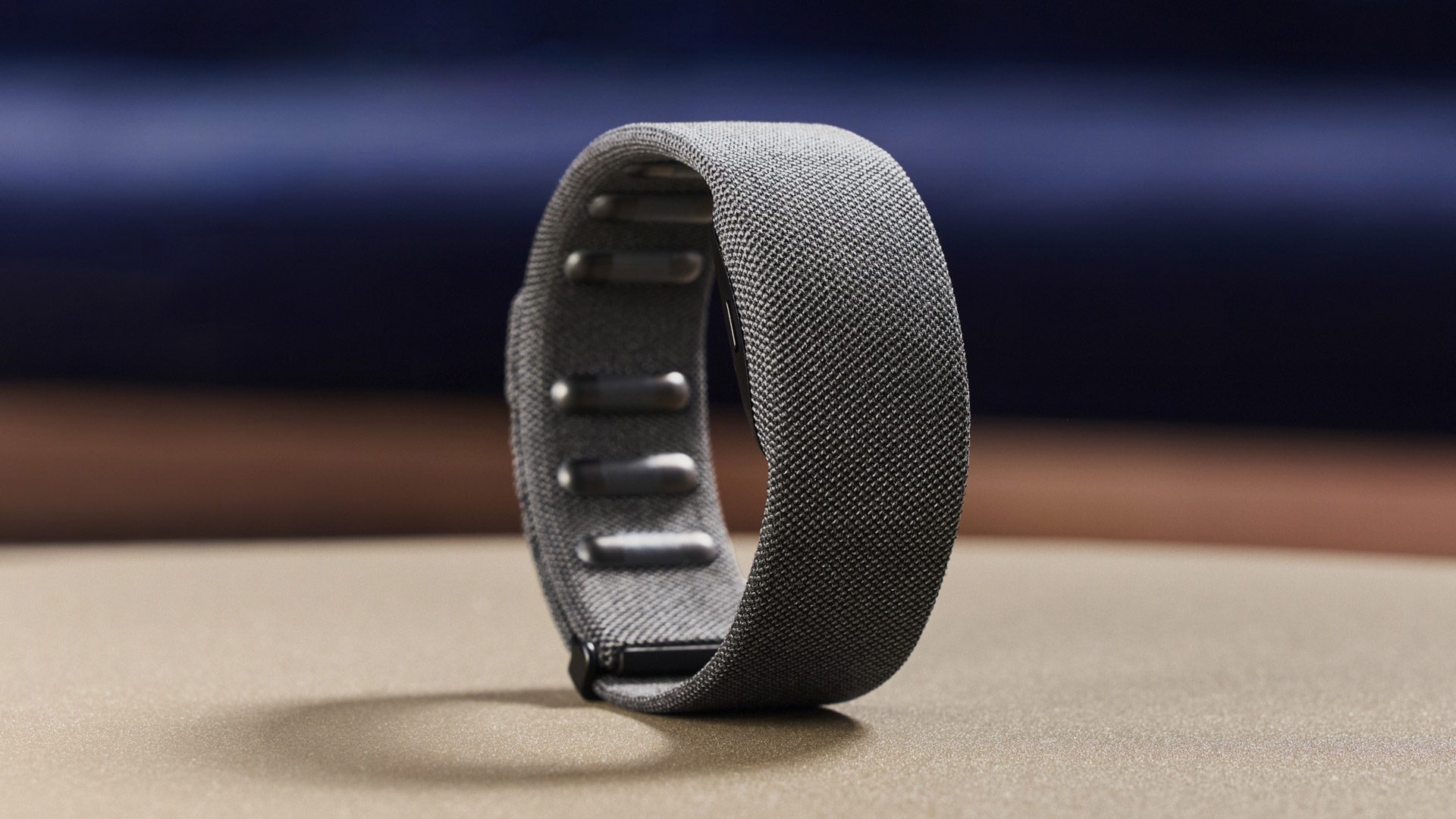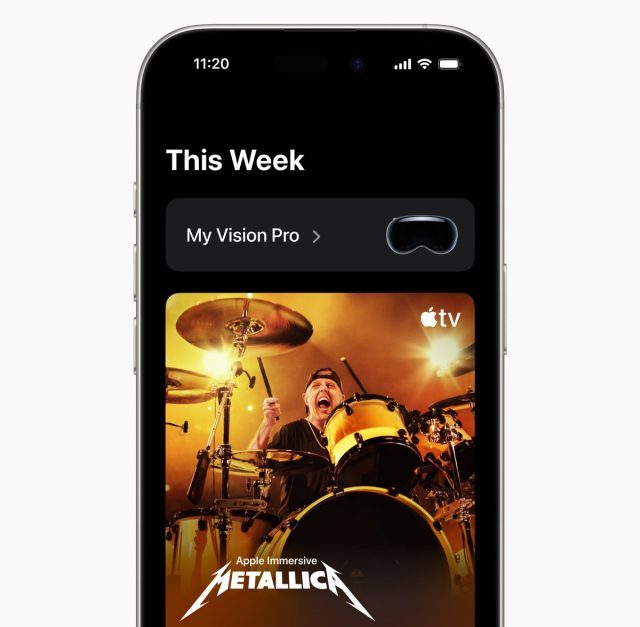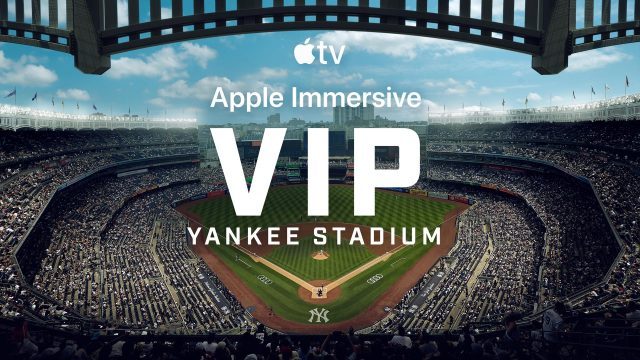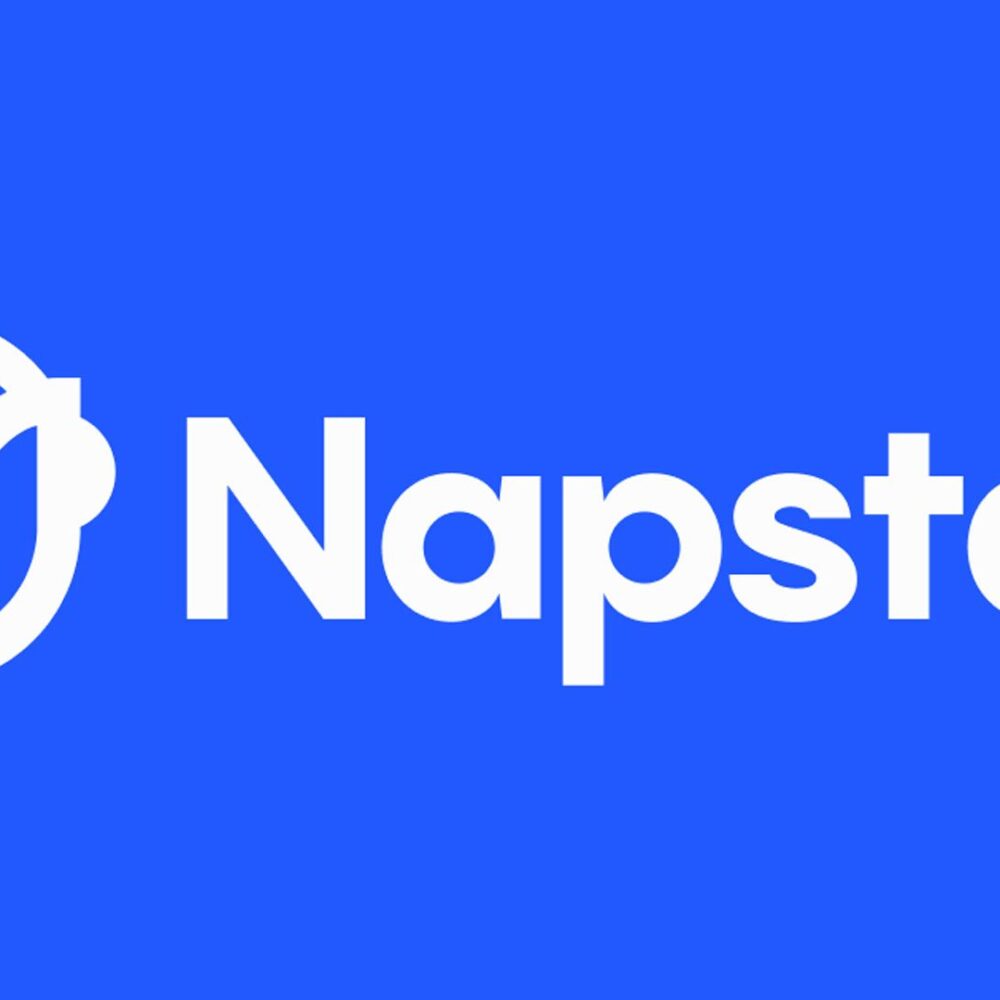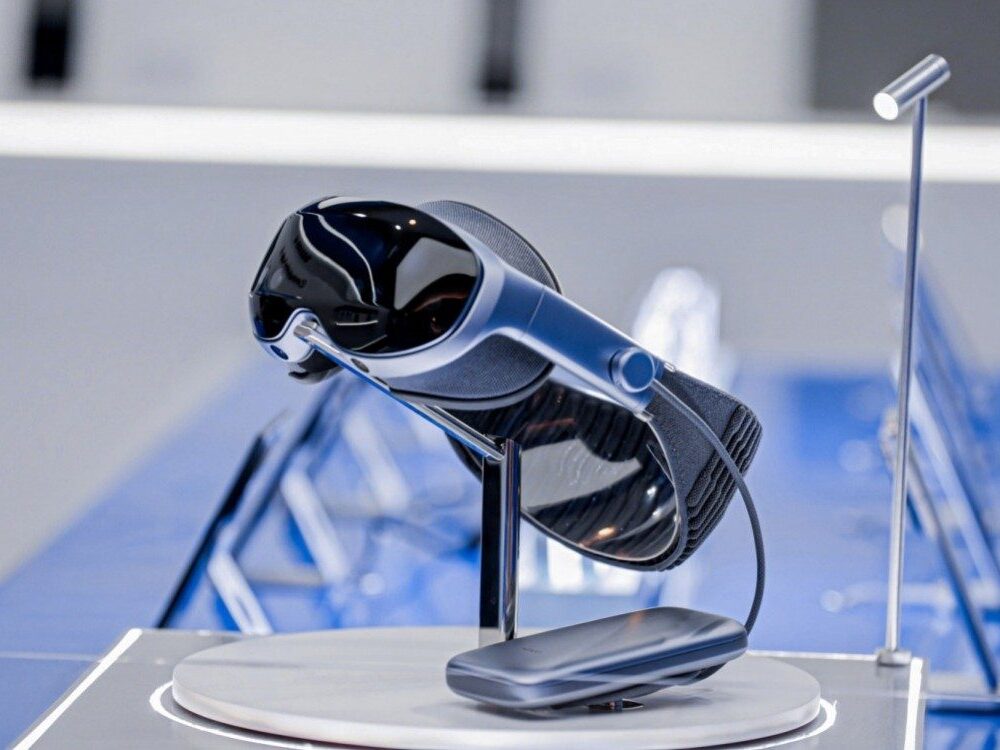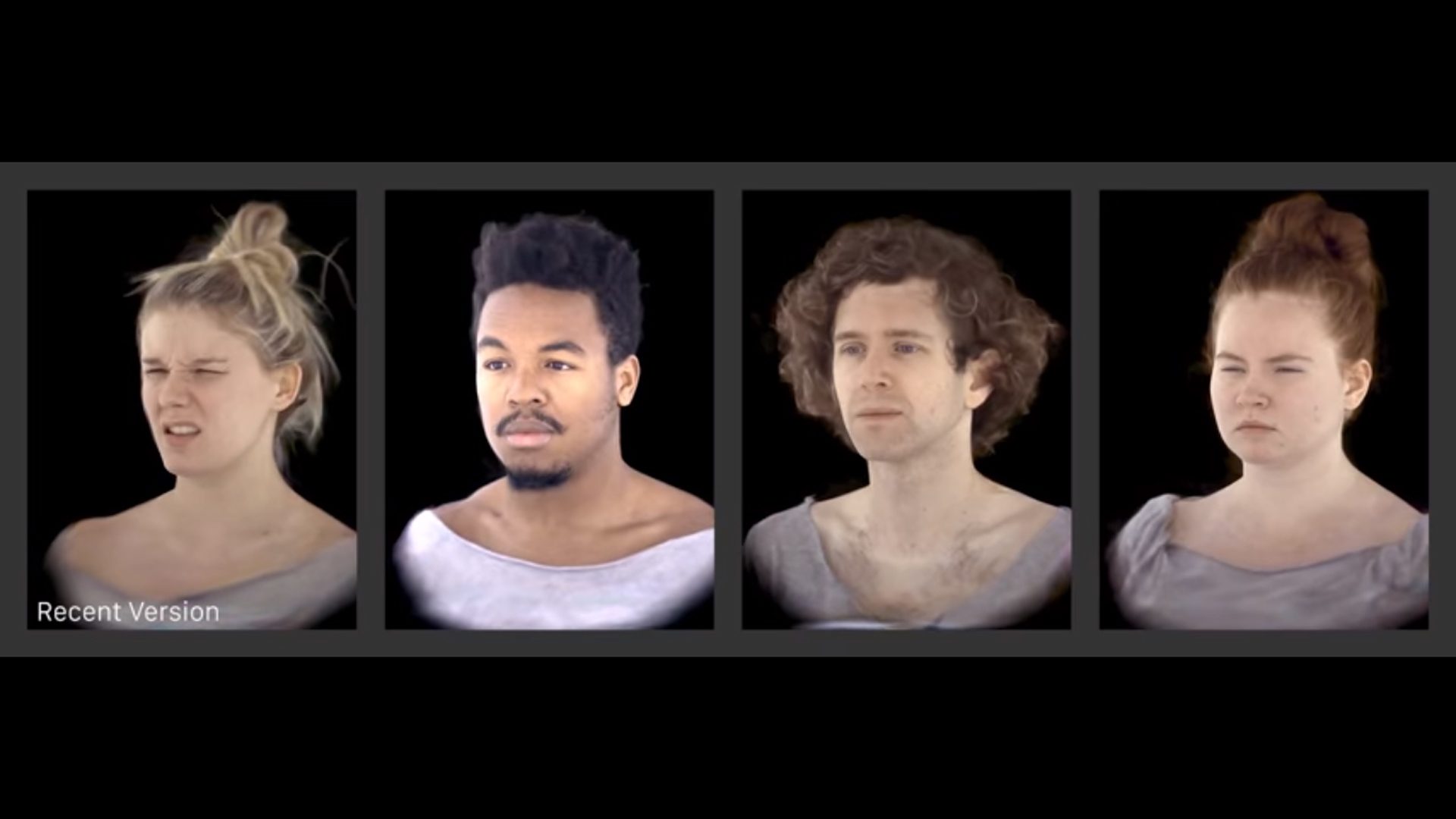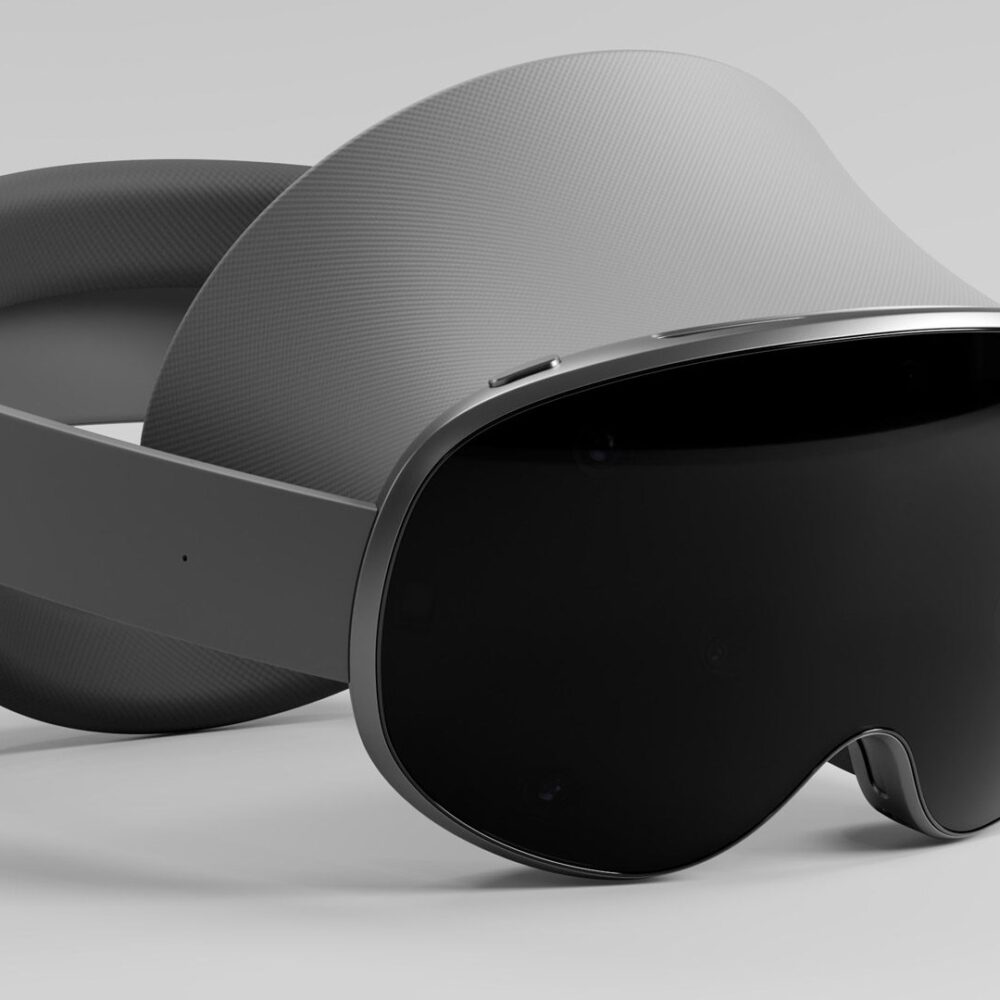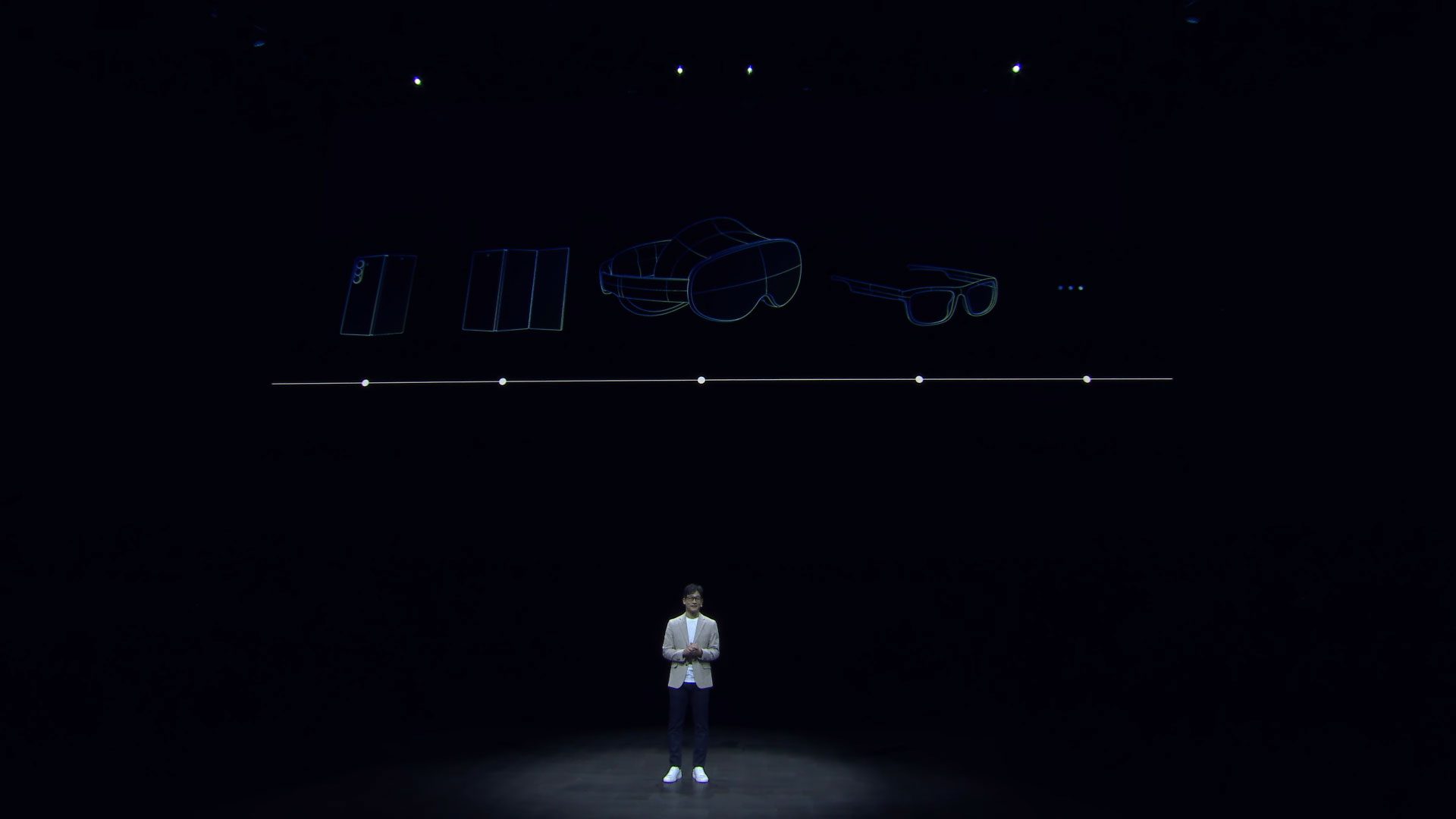Apple is rumored to be working on two versions of Vision Pro, however a new report from Bloomberg’s Mark Gurman alleges the Cupertino tech giant is aiming to beat Meta to the punch with a pair of AR glasses.
Citing someone with knowledge of the matter, the report maintains Apple CEO Tim Cook has put development of AR glasses as a top priority, as the company plans to release such a device before Meta.
“Tim cares about nothing else,” the source told Bloomberg. “It’s the only thing he’s really spending his time on from a product development standpoint.”
Creating the sort of all-day AR glasses Apple is aiming for is still a multi-year challenge though. Packing in high-resolution displays, a powerful chip and a high-density (but very small) battery for all-day power represents a number of technical challenges. And creating such a device at a consumer price point is arguably the biggest of them all.
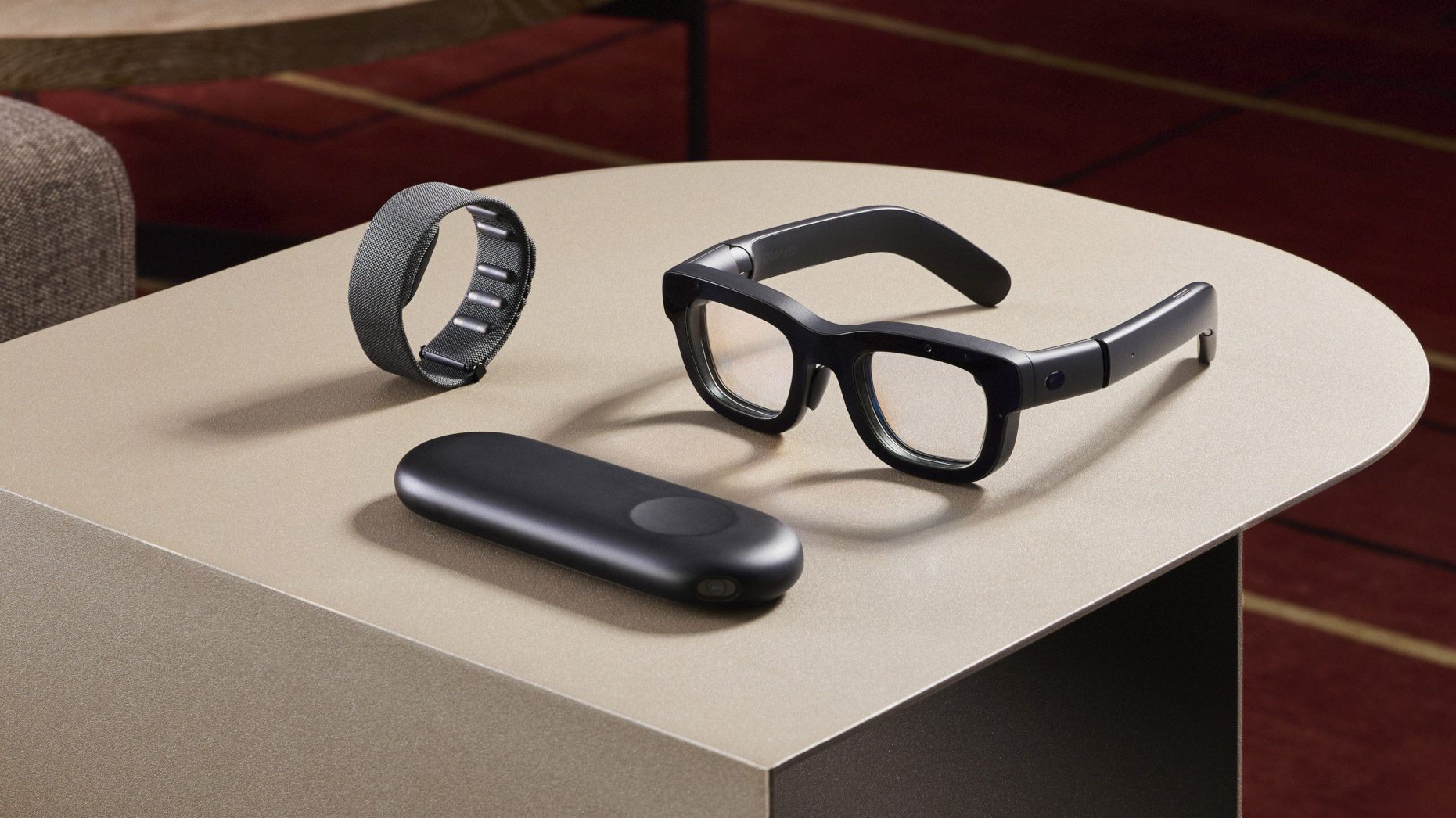
While Apple is reticent to go on record, Meta has been fairly transparent with its XR roadmap. In late 2024, Meta unveiled its Orion AR glasses, which the company hopes will lead to the productization of such a device before 2030, and priced “at least in the space of phone, laptop territory.” For now, Orion costs Meta somewhere in the neighborhood of $10,000 per unit, largely owing to its custom silicon carbide waveguide optics.
And although Orion itself isn’t being productized right away, Meta is well on its way in the XR space, having not only produced multiple generations of Quest standalone headsets, but also its Ray-Ban Meta Glasses, which are laying foundation for its AR glasses of the near future.
The smart glasses, built in partnership with EssilorLuxottica, have been very successful too—so much so that Meta is reportedly preparing a next generation of the device which will include a monoscopic heads-up display. Granted, those aren’t augmented reality glasses, but rather still smart glasses. You can learn more about the differences between the two here.
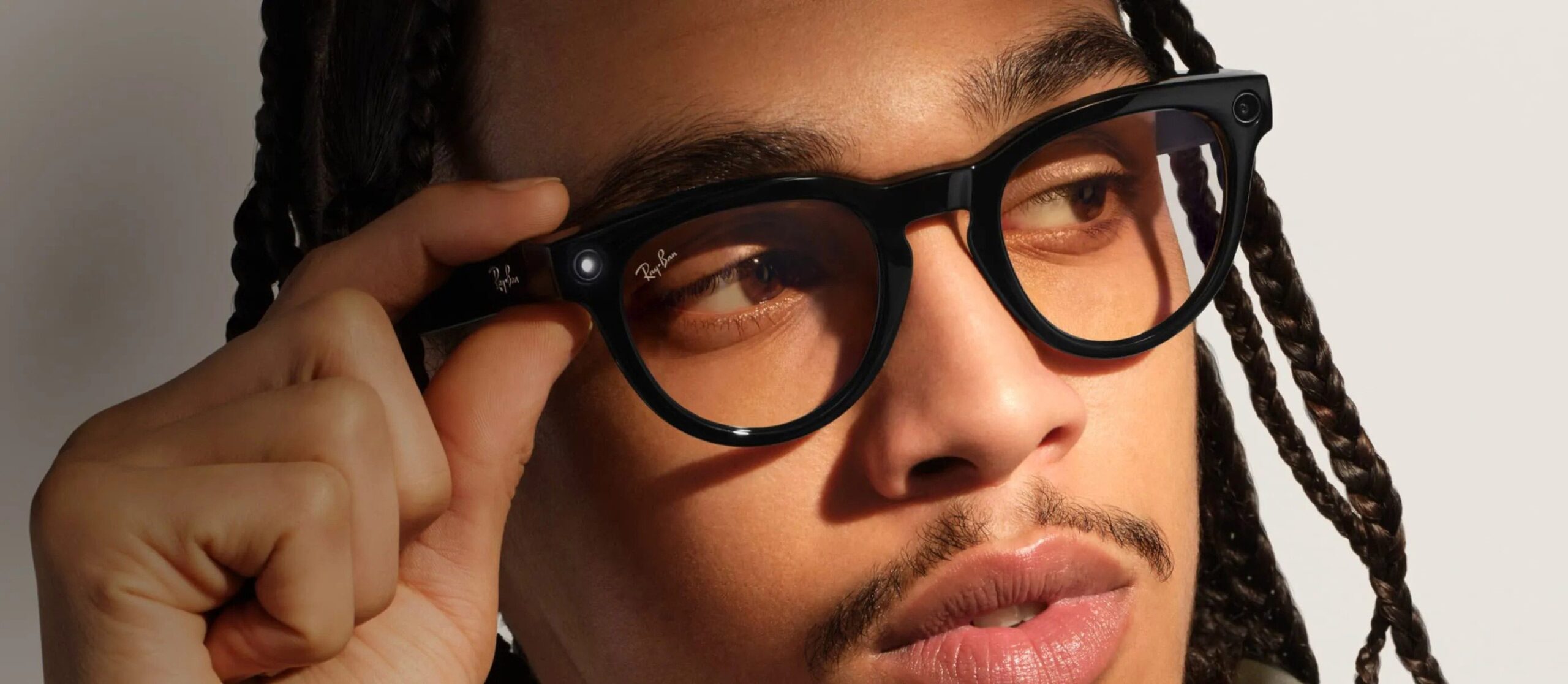
For now, Gurman maintains Apple is working on new versions of Apple Watch and AirPods which will be embedded with AI-enabled cameras, however the Fruit Company is still internally debating whether to counter Meta with a pair of smart glasses of their own.
According to Gurman, Apple has been developing such a device designed to work with Siri and Apple Visual Intelligence, although the company is unsure whether it will allow the glasses to actually capture media, owing to the company’s stance on user privacy.
This follows a wider leadership shakeup at Apple, reported by Bloomberg last month, which also saw Apple’s Vision Products Group (VPG) redistributed across the company.
Tasked with developing Vision Pro, VPG was initially created in 2023, which notably departed from its “functional” management structure introduced by Steve Jobs in the early ’90s. Essentially, this puts Vision Pro’s product development back in line with the company’s other hardware, including iPhone, iPad, etc.
